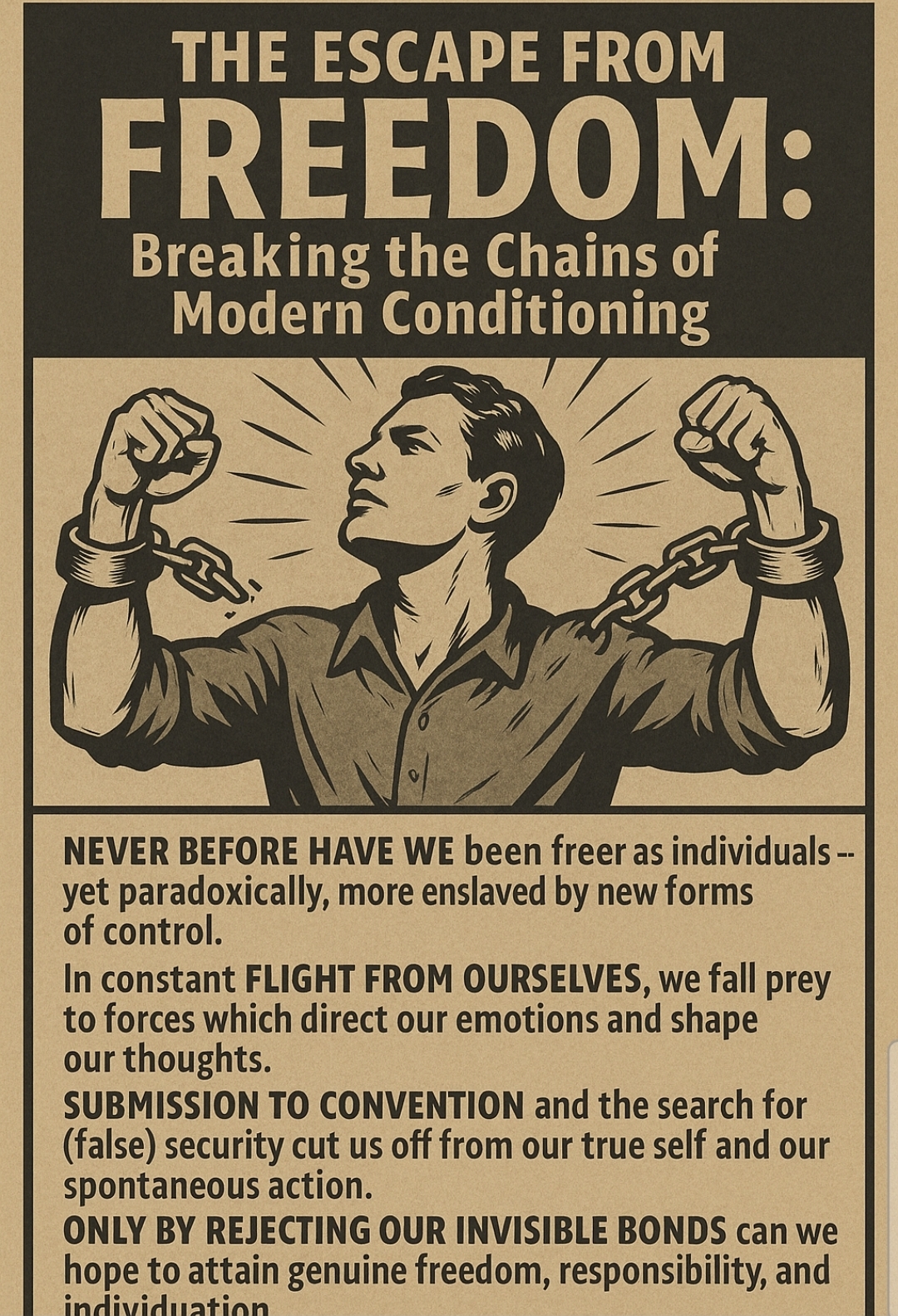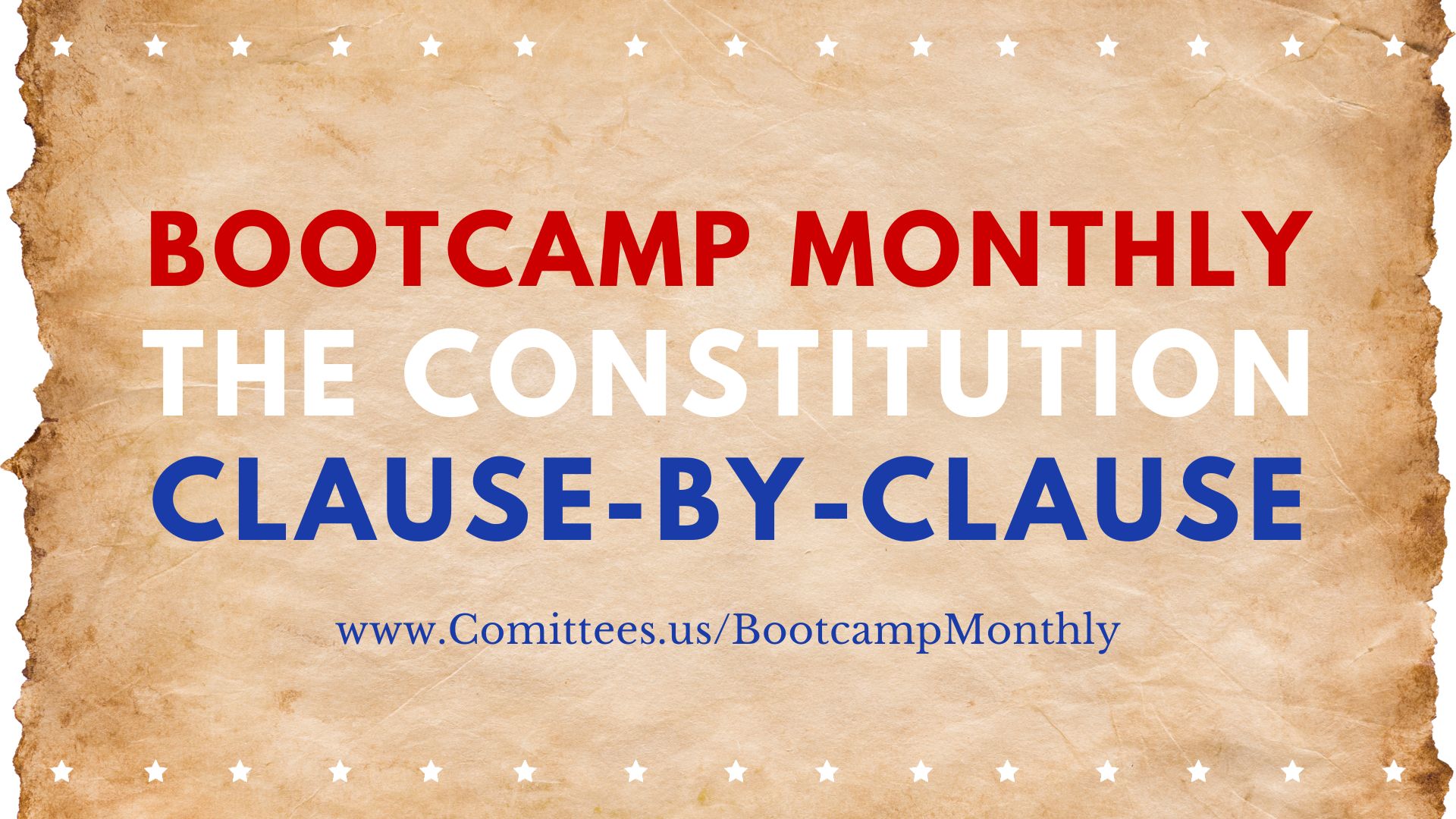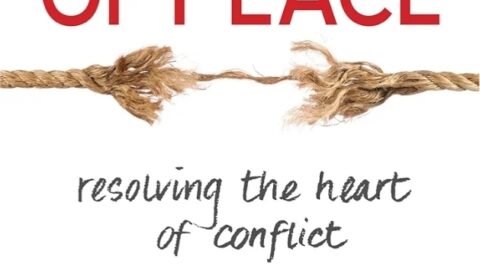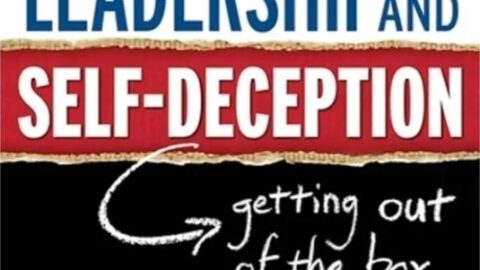The Schopenhauer Dilemma
Arthur Schopenhauer once observed, “We forfeit three-fourths of ourselves in order to be like other people.” This stark truth is the entry point into one of the most pressing issues of modern life: how much of who we are is authentically chosen, and how much is silently programmed by systems we never consented to. From the cradle to the grave, rules are installed like background malware, shaping our ambitions, fears, and even our sense of self.
The Illusion of Choice
Modern life hands us a script: the degree, the career, the mortgage, the gold-watch retirement. Yet many discover too late that the ladder they climbed was leaning against the wrong wall all along. At the same time, we bend ourselves into knots for the approval of strangers, co-workers, or digital shadows—an audience that, in truth, does not care whether we flourish or burn.
The psychologist Erich Fromm called this phenomenon the escape from freedom. Freedom is not stolen; it is surrendered. Humans, he argued, would rather live as comfortable slaves than endure the terrifying weight of true liberty.
The Three Invisible Chains
At the heart of this captivity are three interlocking chains:
- Manufactured Hunger – We are sold not just products, but entire identities. Self-worth is stitched together from advertisements, social media images, and consumer illusions. Happiness is marketed as a purchase away, leaving souls hollow after each transaction.
- Fear of Freedom – True independence is heavy, and most prefer the warm, suffocating lie of belonging. We elect our own jailers, beg for rules, and mistake conformity for safety.
- The Illusion of Choice – We are presented endless variations of the same bondage. Coke or Pepsi, Democrat or Republican, iPhone or Android. None are truly dangerous to the system that created them.
The Machinery of Control
Together, these chains form a system that keeps humanity docile:
- Consumerism keeps us perpetually hungry.
- Conformity keeps us fearful of standing apart.
- False choice convinces us that freedom already exists.
And yet, each of these mechanisms carries its own weakness. Consumerism collapses when we realize meaning cannot be bought. Conformity fails when the pain of self-betrayal outweighs the fear of isolation. The illusion of choice dissolves when we dare to ask: Who designed the menu in the first place?
Pathways to Liberation
True freedom does not come through violent rebellion but through quiet awakening. The transcript proposes three practices for reclaiming authenticity:
- The Daily Interrogation – Ask: is this decision truly mine, or was it implanted?
- The Silence Experiment – Strip away external noise for a day to rediscover the voice within.
- The Fear Autopsy – Break a small social rule and examine the consequences; discover that the punishments are often fictional.
Each practice widens the gap between stimulus and response, allowing authentic choice to replace automatic obedience.
The Cost of Awakening
Freedom, however, comes with costs. It isolates. It unsettles relationships. It provokes punishment from systems and peers who see in the free person a mirror of their own captivity. Yet this very discomfort is proof that the process is working.
True power does not lie in rebellion or performance, but in quiet non-participation. The system can survive anger, even revolution. What it cannot survive is indifference—when people simply stop playing its game.
From Madness to Peace
Those who awaken will be called mad. In a sick society, sanity appears as insanity. But the fruit of this path is not madness—it is peace. Not the shallow peace of conformity, but the deeper alignment of living according to one’s truth.
Freedom does not require grand gestures. It grows in the thousand small refusals to obey without question. In that accumulation of quiet “no’s,” the possibility of a great “yes” is born—the yes to authenticity, the yes to life as it was meant to be lived.
Final Reflection
The locks were never outside. The bars were never real. The door was always open. The only guard at the gate was our own fear. Once we see this truth, there is no going back. The choice has always been ours: to continue rehearsing roles in someone else’s play, or to step off the stage and finally live as ourselves.
Here’s a point-by-point breakdown of the transcript:
Opening Context
- Schopenhauer’s Quote – “We forfeit three-fourths of ourselves in order to be like other people.” Sets the theme: conformity erodes authentic identity.
- Unconsented Rules – Society’s rules weren’t chosen or debated by individuals; they’re silently installed in us.
The Trap of Social Conditioning
- Chasing Imposed Goals – Degrees, mortgages, careers, retirements are ladders leaned against the wrong building.
- Fear of Judgment – People twist themselves to appease strangers, coworkers, and faceless social media observers.
- Escape from Freedom (Erich Fromm) – This isn’t stolen freedom; it’s freedom willingly surrendered. Humans prefer the comfort of captivity over the burden of true autonomy.
- Rebellion Isn’t Enough – Rebellion is still part of the system’s game. True awakening is recognizing the cage itself.
The Core Question
- Would You Choose This Life Freely? – If born outside of societal systems, would anyone invent debt, overwork, and status-seeking?
- Authentic Self Reacting – Feelings of discomfort are the self pushing back against domestication.
The Three Invisible Chains
- Chain 1: Manufactured Hunger – Identity built on consumption: makeup, cars, vacations, ads.
- Chain 2: Fear of Freedom – People prefer belonging to isolation; they willingly accept captivity.
- Chain 3: Illusion of Choice – Consumer brands, political parties, and lifestyles are presented as variety, but all operate within the same limits.
The Core Mechanisms of Control
- Consumption as Salvation – Worth equated with purchasing power, leaving people perpetually hungry.
- Fear of Freedom – People trade autonomy for stability and conformity.
- Illusion of Choice – Choices are between similar constraints (iPhone vs. Android, Republican vs. Democrat).
The System’s Weakness
- Every Mechanism Contains a Vulnerability – Consumerism collapses when its emptiness is exposed. Conformity breaks when authenticity is more painful to suppress. Illusory choice fails when people ask who designed the options.
- Awakening is the System’s Fear – Once you see the cage, you can’t unsee it.
The Practices of Liberation
- Daily Interrogation – Question whether each desire is authentic or implanted.
- Silence Experiment – A day without inputs reveals the forgotten self beneath noise and distraction.
- Fear Autopsy – Test social rules and discover their punishments are fictional.
Reclaiming True Freedom
- Microscopic Acts of Non-Compliance – Small pauses and refusals weaken conditioning.
- Returning to the Pre-Conditioned Self – Freedom isn’t about becoming new, but unbecoming what was imposed.
The Cost of Awakening
- Isolation – Freedom separates you from conformist peers.
- Punishment by the System – Free individuals threaten others’ comfort and provoke resistance.
- Indifference is the Ultimate Weapon – Not rebellion, but opting out undermines the system.
Living as Free
- Examples of Freedom – Jobs’ turtleneck, Einstein’s hair: symbols of refusing to perform for others.
- Power of Quiet Refusal – Each “no” removes bricks from the prison wall.
- Freedom as Non-Participation – The system can handle anger and rebellion, but it collapses under indifference.
Final Truths
- Freedom is Lonely – Most prefer comfort in chains to responsibility in liberty.
- Freedom Will Be Called Madness – In a sick society, sanity looks insane.
- Peace Through Alignment – The reward of freedom is not happiness, but peace.
- No Going Back – Once awakened, you can’t return to unconscious compliance.







